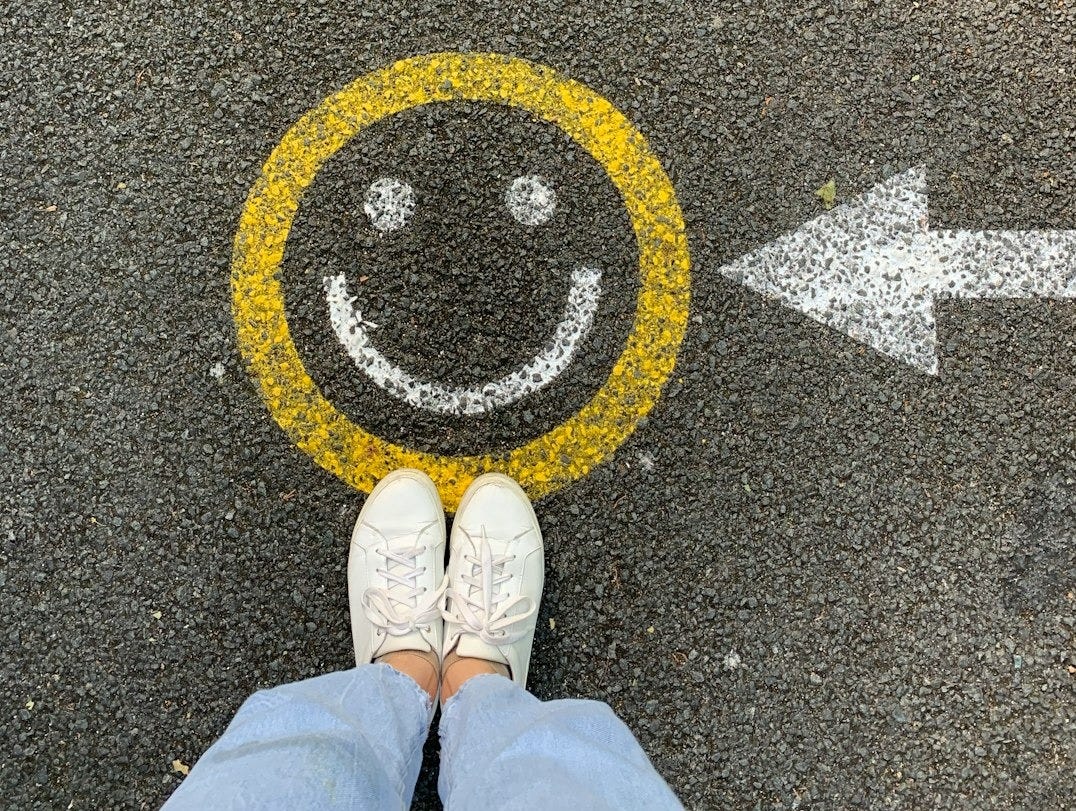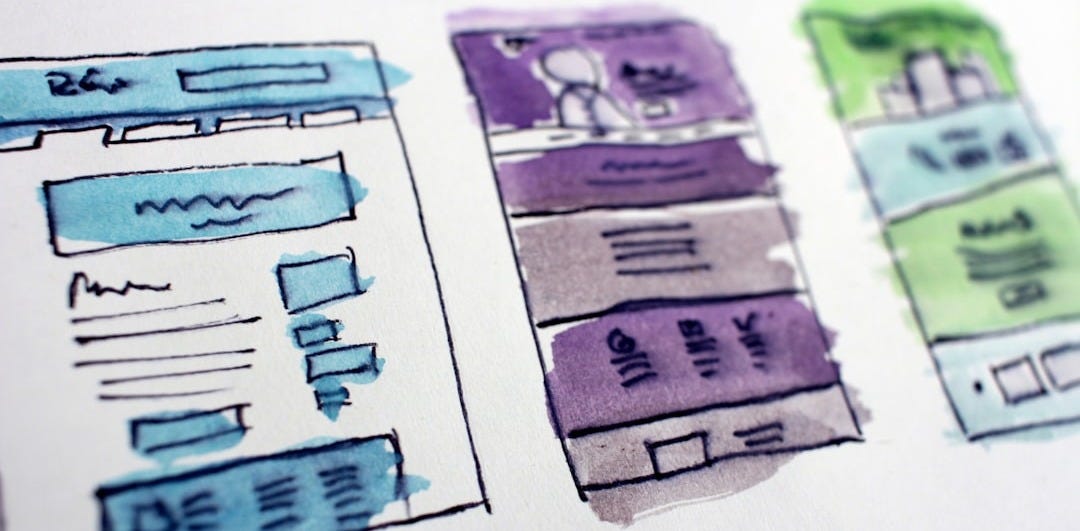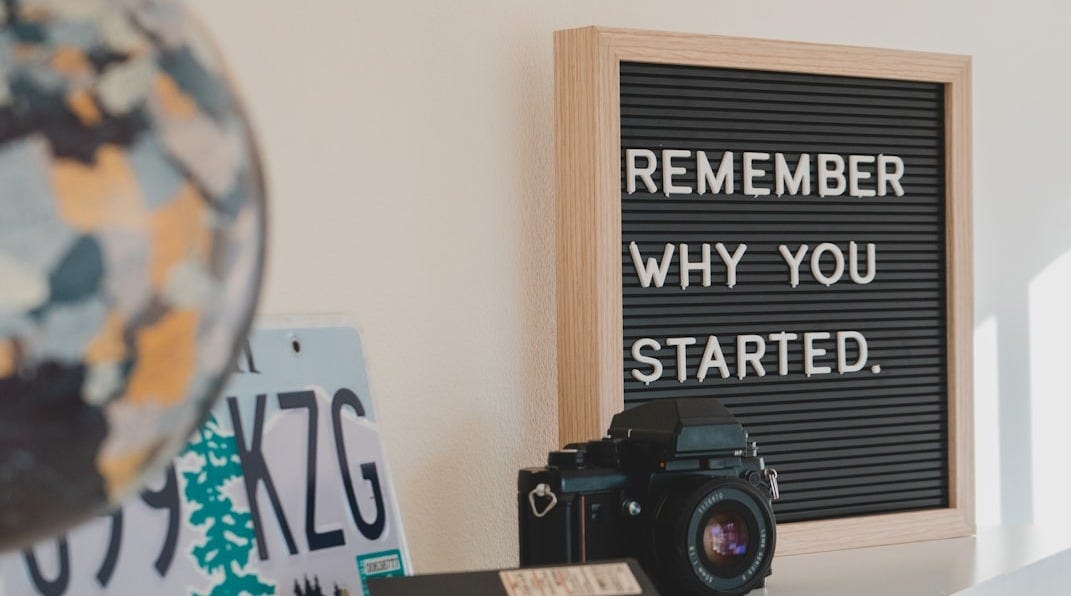Customer or Mirage? Using Design Thinking to Find Your Real Users
Part 2 of our “Agile Isn’t Magic: It’s Listening” Series

In our last post, we explored a common pitfall in agile development: building MVPs based on leadership assumptions rather than validated user needs. We discussed the importance of involving users early, testing ideas with them often, and avoiding the trap of building faster — but in the wrong direction.
In Part 2, we go a level deeper. Even when organizations are committed to building the right thing, they often miss one crucial step: identifying the “real customer.”
We’re currently supporting a client navigating exactly this challenge. Our role is to help surface the voices that matter most — the people on the ground who will actually use the system. And we’re doing it through a structured, proven approach: Design Thinking.
Who Is the Real Customer?
In complex organizations, there are usually three types of players:
Decision-makers who control funding and scope
Stakeholders who define outcomes and priorities
End users who will actually interact with the product every day
The mistake? Treating the first two as if they speak for the third. They don’t — at least, not fully. And when systems are designed around stakeholder assumptions, the end result can be beautifully built but poorly adopted.
The people who experience the friction, workarounds, and inefficiencies firsthand are the ones best equipped to guide meaningful design. If you’re not talking to them directly, you’re likely solving the wrong problem.
Design Thinking: A Practical Way to Get Outside the Bubble
At Storm King, our approach to user-centered development is grounded in lived experience. Our Managing Director, Dan Evans, was profoundly influenced by a Financial Inclusion course at NYU taught by Professors Alec Raia and Anand Menon. What stood out wasn’t just the academic rigor — it was how Design Thinking was embedded into every aspect of the course. From exploring underserved communities to prototyping inclusive financial solutions, Dan saw firsthand how real innovation begins with deep user empathy.

That experience shapes how we approach every engagement today. Design Thinking isn’t just a method — it’s a mindset that helps teams uncover hidden needs, challenge assumptions, and co-create practical solutions with the people who actually matter.
Here’s how we’re applying that mindset on the ground with our client:
1. Empathize: Listen First, Build Later
We start by observing real users and conducting structured interviews. We don’t assume — we ask. This work surfaces pain points, constraints, and workarounds that leadership often doesn’t see.
2. Define: Frame the Right Problem
Once we understand the experience from the user’s point of view, we work across stakeholder levels to align on a problem statement that reflects operational reality. Getting the problem right is half the battle.
3. Ideate: Co-Create Solutions
We facilitate structured ideation sessions where end users actively contribute to solution design. Instead of handing them a system, we ask, “What would make this easier for you?” and then build from there.
4. Prototype: Test the Vision Before You Build It
We create rapid, low-fidelity prototypes that can be reviewed, tested, and even critiqued. It’s a safe, fast, and inexpensive way to validate direction — and catch misfires before they get expensive.
5. Test & Iterate: Let Real Users Be Your Guide
We test with users in their actual environments, capturing feedback in real time. That feedback becomes the roadmap for refinement, iteration, and eventual scale.

Why This Matters
When you build for stakeholders without validating with end users, you risk wasting time, money, and credibility. But when you blend Design Thinking with agile methods, you create a process that not only moves fast — it moves in the right direction.
For our client, this approach is helping ensure that the solution being built will drive real adoption, reduce rework, and create operational efficiency that lasts.
Let’s talk…
At Storm King, we help clients cut through assumptions and focus on what really matters — the people who use the systems, not just those who approve them. If you’re ready to stop guessing and start building smarter, let’s talk. We’ll bring the methods, the mindset, and the momentum to make agile work the way it’s meant to: with users at the center and outcomes that stick.



